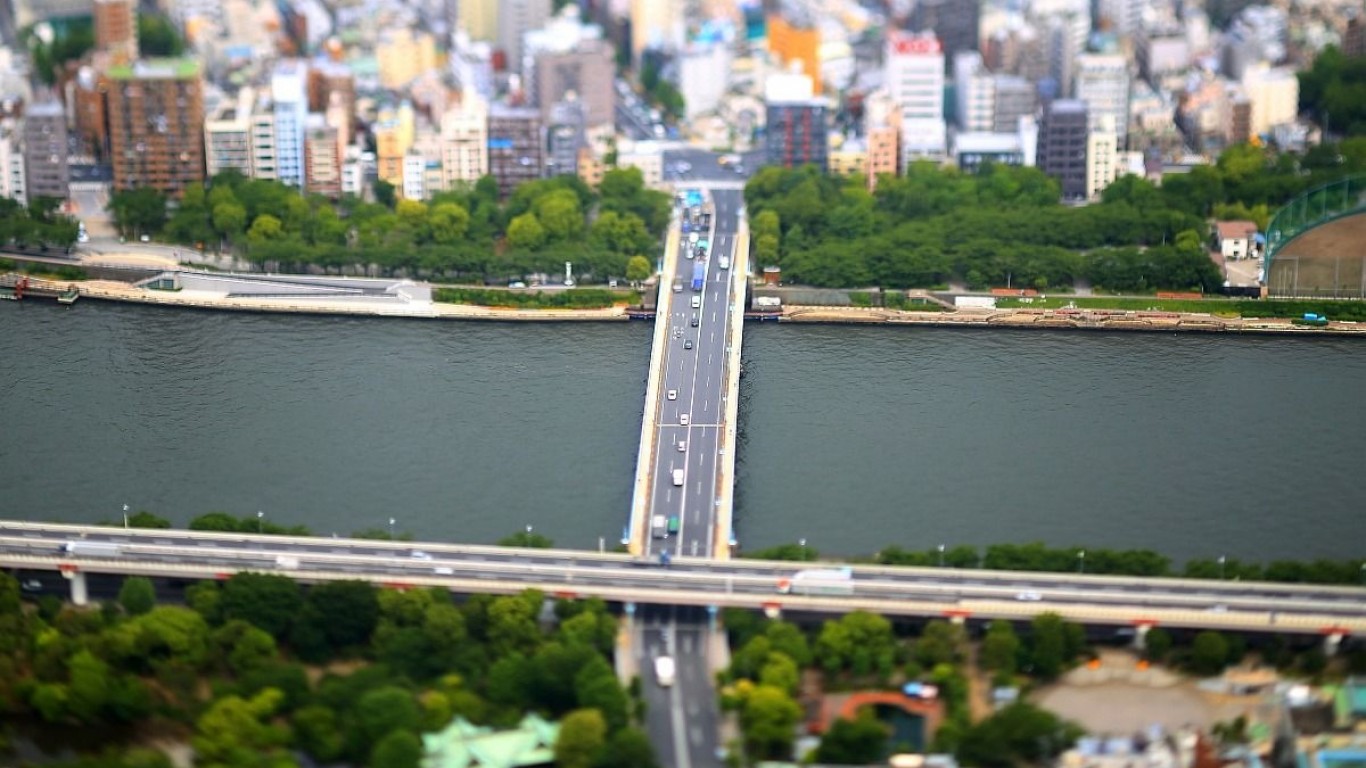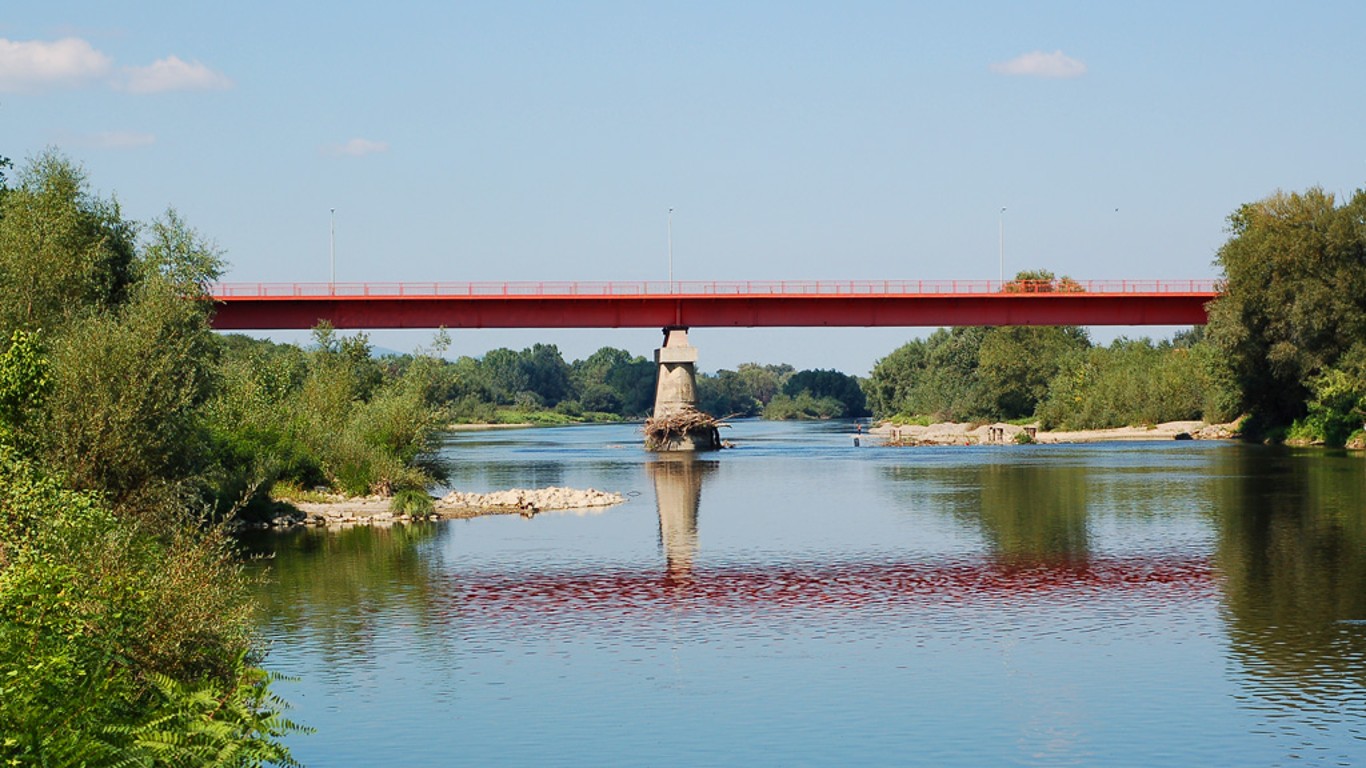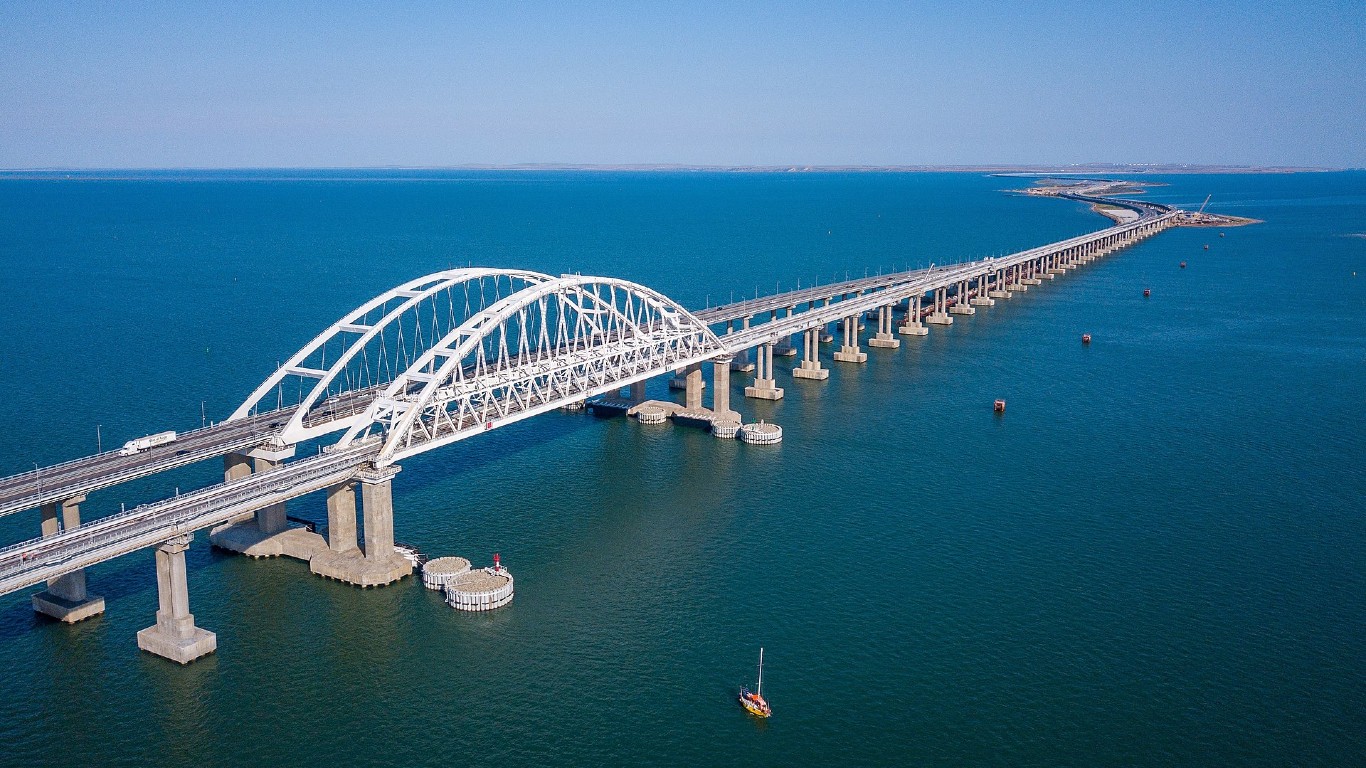
Shortly after a portion of a key bridge between Russian and the Crimea Peninsula was destroyed with a truck bomb on Oct. 8, with Russia blaming Ukraine intelligence services, Russians announced the bridge would be fully repaired by July 2023.
The $3.7 billion 12-mile Kerch Strait Bridge was inaugurated to much fanfare by Russian President Vladimir Putin in 2018, four years after Moscow annexed Crimea from Ukraine. The attack disrupted Russia’s main supply line to its troops fighting in southern Ukraine and elicited missile strikes on civilian targets across Ukraine in retaliation. (Here are the 20 biggest bombs in Russia’s military arsenal.)
Bridge attacks are an integral but challenging part of warfare.
“Bridges were never easy targets,” notes author Edward M. Young in his book about American B-24 Liberator heavy bombers used in the China-Burma-India theater of World War II. He points to the fact that only one out of every 81 sorties resulted in a direct hit to the intended target.
Vital bridges are typically heavily defended, difficult to hit, and often quickly repaired. For example, the Thanh Hoa Bridge south of Hanoi was bombed in U.S. air strikes numerous times between 1968 and 1972 and was only taken out completely in 1972 after the introduction of laser-guided bombs. (Here are the bombs and missiles used by the U.S. military.)
The Kerch bridge attack was unusual because it used a truck bomb, underscoring Russia’s poor security of its crucial expanse. Most offensive bridge attacks in modern times involve aircraft. Bridges have also been demolished defensively by explosives as they were in 1944 by retreating Germans in Florence who were hoping to slow down an Allied advance in Northern Italy.
24/7 Wall St. used several sources and references to find high-profile bridge bombings since World War I. The list is by no means comprehensive, meant only to provide a few examples. Of the 18 high-profile wartime bridge attacks or defensive demolitions we chose, half of them occurred in World War II, including six by Allies forces and three by Nazi Germany.
The most famous bridge assault of the Korean War involved a dramatic attack by AD Skyraider and VA-195 “Tiger” aircraft led by Lt. Cmdr. Harold Gustav “Swede” Carlson. One of the most infamous of these attacks was the 1993 destruction of the Old Mostar Bridge dating back to the 16th century by Croatian forces seeking to cut off weapons and supplies to besieged Muslim civilians and Bosnian troops.
Here are 18 of history’s most famous bridge bombings.

St. Croix-Vanceboro Bridge
> Where: US/Canada border, Maine to New Brunswick over St. Croix River
> Year bombed 1915
> War: WWI
> Who bombed: Germany
In the blisteringly cold early morning hours of Feb. 2, 1915, a satchel of explosives attached to this Canadian Pacific Railway bridge exploded, shattering windows in the towns of Vanceboro, Maine, and St. Croix, New Brunswick. A German spy, Werner Horn, was responsible for the failed attempt to demolish the bridge — a vital rail link for transporting shipments from the U.S. and Canada to Britain during World War I. The attack did disable the bridge, but only temporarily, and Horn was arrested and later served prison sentences in the U.S. and Canada. Dying from late-stage syphilis, Horn was deported to Germany in 1921.
[in-text-ad]

Forth Bridge
> Where: Scotland, U.K. over River Forth
> Year bombed 1939
> War: WWII
> Who bombed: Germany
As part of the first air raid on Britain by the Nazi Luftwaffe, around a dozen German bombers dropped their ordnance around the Forth Bridge west of Edinburgh, nearly taking out a train that was crossing the expanse at the time of the attack. The Brits characterized the attack as a failure, and showed off the first German airman to be taken prisoner on British soil. Though the Forth Bridge survived the assault, the Nazis succeeded in severely damaging a warship in the attack, killing 16 British sailors.
Recco Bridge
> Where: Recco, Italy
> Year bombed 1943-1944
> War: WWII
> Who bombed: Allies
The northern Italian town of Recco was bombed many times by Allied forces during World War II, including attacks that destroyed the town’s center and an importation rail link on the Ventimiglia-Genoa-Pisa line that connected the country’s northwest with the south. The bridge was re-built shortly after the war.

Bridges in Florence
> Where: Italy
> Year bombed 1944
> War: WWII
> Who bombed: Germany
In an attempt to stall advancing Allied forces, Nazi troops destroyed all but one of the bridges traversing the Arno River that runs through this historic Tuscan city, an operation dubbed the “Night of the Bridges.” The only bridge to survive the demolitions was the Ponte Vecchio, which is today a symbol of the local Florentine resistance against the Axis and a major tourist attraction.
[in-text-ad-2]

Burma’s Bridges
> Where: Burma
> Year bombed 1944-1945
> War: WWII
> Who bombed: USAAF
On the day the Japanese Imperial Army attacked Pearl Harbor ( Dec. 7, 1941), a fleet of Boeing B-17C Flying Fortresses were departing Hawaii to reinforce U.S. troops in the Philippines. One of the bombers was destroyed in the attack, but most of the planes regrouped in Australia. A single squadron of these bombers joined with B-25 Mitchell “Bridge Buster” medium bombers to lay waste to roads and bridges in Japanese-occupied Burma. The U.S. airmen were equipped with the first American smart bomb, the 1,000-pound VB-1 Azon, which could be steered through its radio-controlled tail fin. Though rudimentary by modern standards, the bomb proved to be more accurate than conventional bombs when dropped in clear, dry weather conditions.
Bridge on the River Kwai (Khwae-Noi)
> Where: Siam (Thailand) over Khwae Yai (originally Mae Klong) River
> Year bombed 1945
> War: WWII
> Who bombed: USAAF and RAF
At the end of the 1957 Hollywood war classic “The Bridge on the River Kwai,” a wounded and dying Colonel Nicholson (played by Alec Guinness) falls onto a plunger that detonates the bridge just in time to send a train plunging into the waters below. In real life, there was indeed a bridge that was part of a 250-mile railway in Burma and Thailand the Imperial Japanese Army rushed to complete by forcing POWs and conscripted local laborers to work under horrific conditions. The rail line only lasted two years before the Allies bombed it out of commission. The bridge and rail line were later repaired and are used today to carry passenger trains.
[in-text-ad]

Memorial Bridge
> Where: Bangkok, Thailand over Chao Phraya river
> Year bombed 1945
> War: WWII
> Who bombed: Allies
Inaugurated to much fanfare in 1932, the Saphan Pathom Boroma Ratchanusorn Bridge, also known as the Saphan Phut Bridge, or simply “Memorial Bridge” to English speakers, crosses the Chao Phraya River that cuts through Bangkok. The Allies bombed the city numerous times because Japan was using it as a regional staging ground. In their first combat mission of the war in June 1944, dozens of B-29 Superfortress heavy bombers targeted the bridge and nearby power station, but the bombs missed. Another attempt the following year succeeded in partially but effectively destroying both targets.

Ludendorff Bridge
> Where: Remagen, Germany over the Rhine
> Year bombed 1945
> War: WWII
> Who bombed: Germany
Built by the German Empire to supply the western front with men and machines, this important steel railway bridge over the Rhine withstood attempts by German troops to demolish it before it could fall into Allied control. The Americans eventually did grab the bridge, giving the Allies their first foothold on the eastern bank of the Rhine. But on March 17, 1945, the bridge collapsed from the damage it had sustained from the demolition attempts, killing 30 American soldiers.
Kototoi Bridge
> Where: Tokyo, Japan over Kyo River
> Year bombed March 10, 1945
> War: WWII
> Who bombed: US
The Kototoi Bridge was the scene of one of the most tragic incidents involving Japanese civilians up to that time. Five months before the nuclear bombing of Hiroshima and Nagasaki, U.S. bombers attacked Tokyo with napalm, incinerating entire districts and killing about 100,000 people. Civilians ran to the bridge from both directions, believing the other side would be safer. Countless people drowned, suffocated, or burned to death on or under the bridge as the river below was on fire. Parts of the bridge were removed and placed in a nearby park to commemorate the tragedy.
[in-text-ad-2]

Bridge in Hiroshima
> Where: Japan over Honkawa and Motoyasu rivers
> Year bombed Aug. 6, 1945
> War: WWII
> Who bombed: US
By the time the U.S. expedited the end of World War II with the nuclear bombings of Hiroshima and Nagasaki, most large Japanese cities had already been fire bombed extensively, including more than half of Tokyo. When the U.S. dropped its nuclear bomb on Hiroshima, the ground zero target was near a T-shaped bridge at the junction of the Honkawa and Motoyasu in downtown Hiroshoma. The bridge, along with buildings, were destroyed in an explosion that instantly killed as many as 140,000 residents.

Kilchu Bridge
> Where: Korea over “Carlson Canyon”
> Year bombed 1951
> War: Korea
> Who bombed: US
A railroad bridge built on a deep ravine with tunnels at both ends south of the city of Kilchu, near Songjin, was considered the most enticing of several rail bridges targeted by the U.S. Air Force and Navy due to difficulties the North Koreans would have in repairing or bypassing this vital link. Led by Lt. Cmdr. Harold Gustav “Swede” Carlson, a group of AD Skyraider and VA-195 “Tiger” attack aircraft, managed to knock out the bridge over three strikes in early March 1951.
[in-text-ad]

Cầu Long Biên (originally Paul Doumer Bridge)
> Where: Vietnam over the Red River
> Year bombed 1967, 1972
> War: Vietnam
> Who bombed: US
The Paul Doumber highway and its mile-long bridge, named after a French prime minister when Vietnam was a colony, was a high-value target of U.S. forces. The bridge was a vital rail link between Hanoi and the port city of Haiphong. The bridge was put out of action three times in 1967 by U.S. Air Force F-105 Thunderchief fighter-bombers. The bridge was quickly repaired after the first two bombings and was put back in use a third time in May 1968. The U.S. backed off the attacks for a couple of years, but in 1972 sent a barrage of F-4 Phantoms armed with new laser guided bombs that disabled the bridge for a final time during the war. It was later repaired and renamed with some of the original structure remaining.
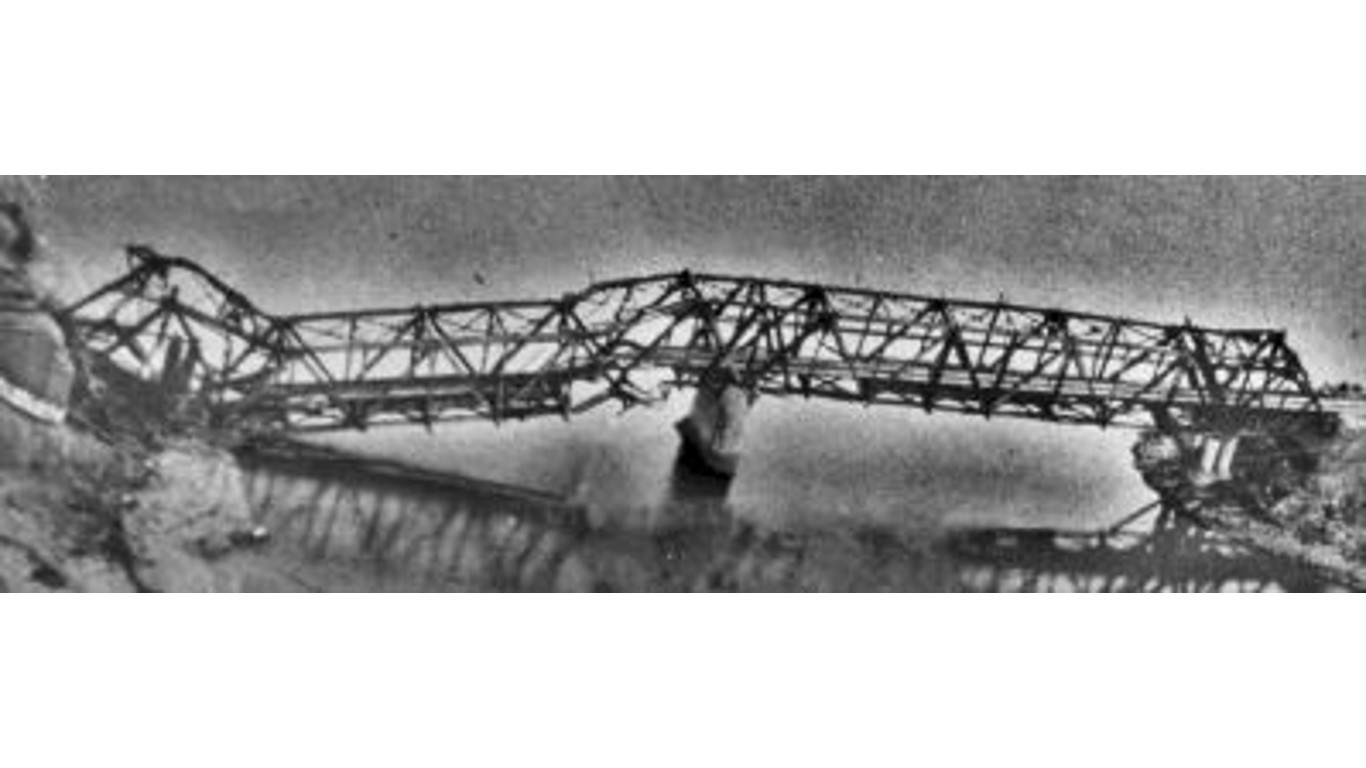
Thanh Hoa Bridge, “Dragon Jaw”
> Where: South of Hanoi, Vietnam over Ma River
> Year bombed 1965-1972
> War: Vietnam
> Who bombed: US
Identified by U.S. forces to be a choke point 70 miles south of Hanoi, the 56-foot-wide Thanh Hoa Bridge over the Ma River was bombed repeatedly over a seven-year period in order to sever that link used to deliver North Vietnamese troops and supplies southward. None of the attacks prior to a U.S. bombing pause in 1968 succeeded in permanently disabling the bridge. After bombing resumed in 1972, U.S. pilots armed with new laser-guided bombs finally took out the bridge for the remainder of the war.
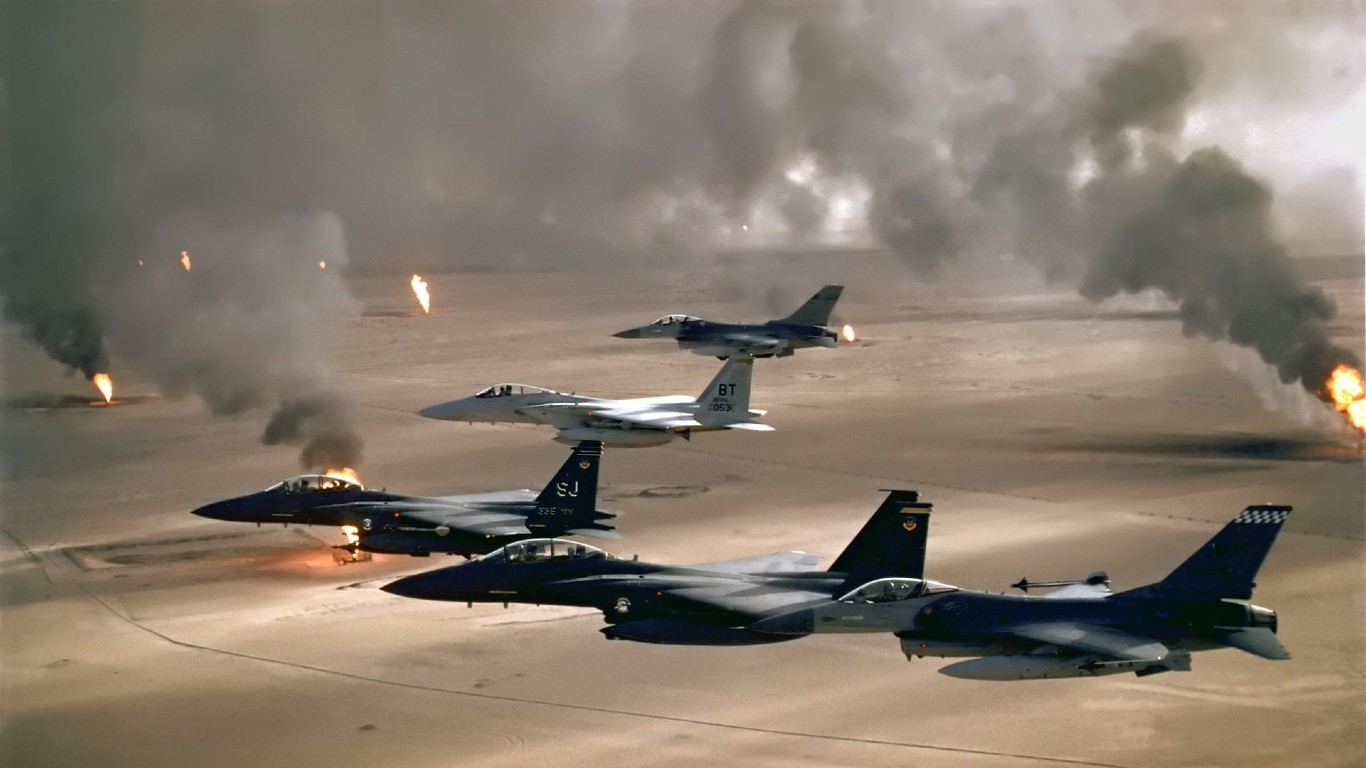
Bridges in Iraq
> Where: Iraq
> Year bombed 1991
> War: Gulf War
> Who bombed: US and allies
Armed with nighttime precision and heavy bombs, Air Force F111 Aardvark multirole combat aircraft played an important role in taking out Iraqi bridges, as well as over 1,500 Iraqi armored vehicles, during the First Gulf War of 1990-1991. Helped by F-16s and other attack craft flown by British and French pilots, Iraq’s bridge system was quickly disabled in the six-month war that killed between 100,000 and 200,000 Iraqi civilians.
[in-text-ad-2]

The Old Bridge
> Where: Mostar, Bosnia and Herzegovina over Neretva River
> Year bombed 1993
> War: Bosnian war
> Who bombed: Croat forces
The bridge dating back to the 16th century Ottoman-era was destroyed in order to shut off arms and supplies reaching besieged Muslims and Bosnian soldiers, raising the question of whether the destruction of the historic bridge was an act of cultural cleansing or a legitimate military target, or both. In 2019, townspeople marked the 15th anniversary of the bridge’s reconstruction by honoring the victims of the Balkan wars of the 1990s.
Varvarin bridge
> Where: Yugoslavia over Velika Morava river
> Year bombed 1999
> War: Kosovo Wars
> Who bombed: NATO
From March 24 to June 10, 1999, the North Atlantic Treaty Organisation conducted air strikes against the Federal Republic of Yugoslavia during the Kosovo War in an effort to stop a humanitarian crisis amid violence between Serbs and Kosovar Albanians and ethnic cleansing orchestrated by Slobodan MiloÅ¡eviÄ, who died an imprisoned war criminal in 2006. The most controversial attack occurred when two NATO F-16 fighter jets bombed a rusty old bridge over the Morava River in Varvarin, killing 10 civilians in an attack local villagers claimed was a pointless slaughter because the bridge was too narrow for tanks to cross.
[in-text-ad]
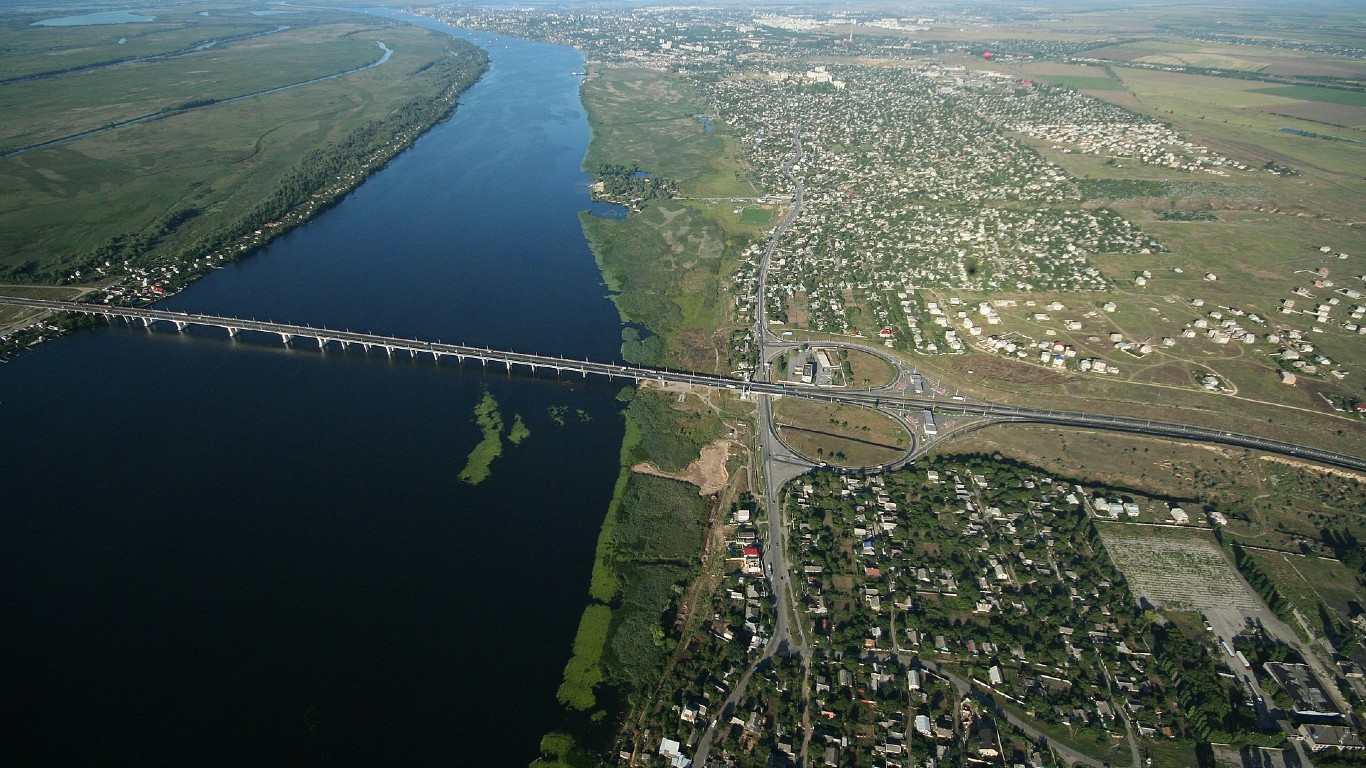
Bridge in Kherson
> Where: Ukraine over Dnipro river
> Year bombed 2022
> War: Russia invasion of Ukraine
> Who bombed: Ukraine
Ukrainian forces conducted overnight shelling of the Antonovskiy and Kakhovsky bridges in the southern Ukrainian port city of Kherson. The bridges were being used by Russian occupiers to cross the Dnipro River. The Antonovskiy Bridge is a main supply link that had been partially destroyed days earlier, forcing Russians to consider using pontoons to cross the river. The bridge was not critically damaged, and a local pro-Russian official said repairing the bridge was ongoing.
Kerch Bridge
> Where: bridge to Crimea over Kerch Strait
> Year bombed Oct. 8, 2022
> War: Russia invasion of Ukraine
> Who bombed: Unknown, though Russia blames Ukraine
A month after Ukrainian forces partially destroyed a key bridge used by occupying Russian troops in the southern city of Kherson, a blast took out a section of the Kerch Strait Bridge, the most important supply route to Russian troops fighting in southern Ukraine. The attack, Russia claims, was orchestrated by Ukraine’s intelligence services and used a truck bomb in the attack that killed at least three people. Russian President Vladimir Putin had inaugurated the bridge in 2018, four years after Moscow annexed the Crimea. Putin called the attack on the strategic bridge a terrorist act, using it as an excuse to intensify attacks on cities and civilian targets in Ukraine. Most recently, Russia has been using Iranian-made “suicide” drones, divebombing Ukraine’s capital, Kyiv.
Travel Cards Are Getting Too Good To Ignore (sponsored)
Credit card companies are pulling out all the stops, with the issuers are offering insane travel rewards and perks.
We’re talking huge sign-up bonuses, points on every purchase, and benefits like lounge access, travel credits, and free hotel nights. For travelers, these rewards can add up to thousands of dollars in flights, upgrades, and luxury experiences every year.
It’s like getting paid to travel — and it’s available to qualified borrowers who know where to look.
We’ve rounded up some of the best travel credit cards on the market. Click here to see the list. Don’t miss these offers — they won’t be this good forever.
Thank you for reading! Have some feedback for us?
Contact the 24/7 Wall St. editorial team.
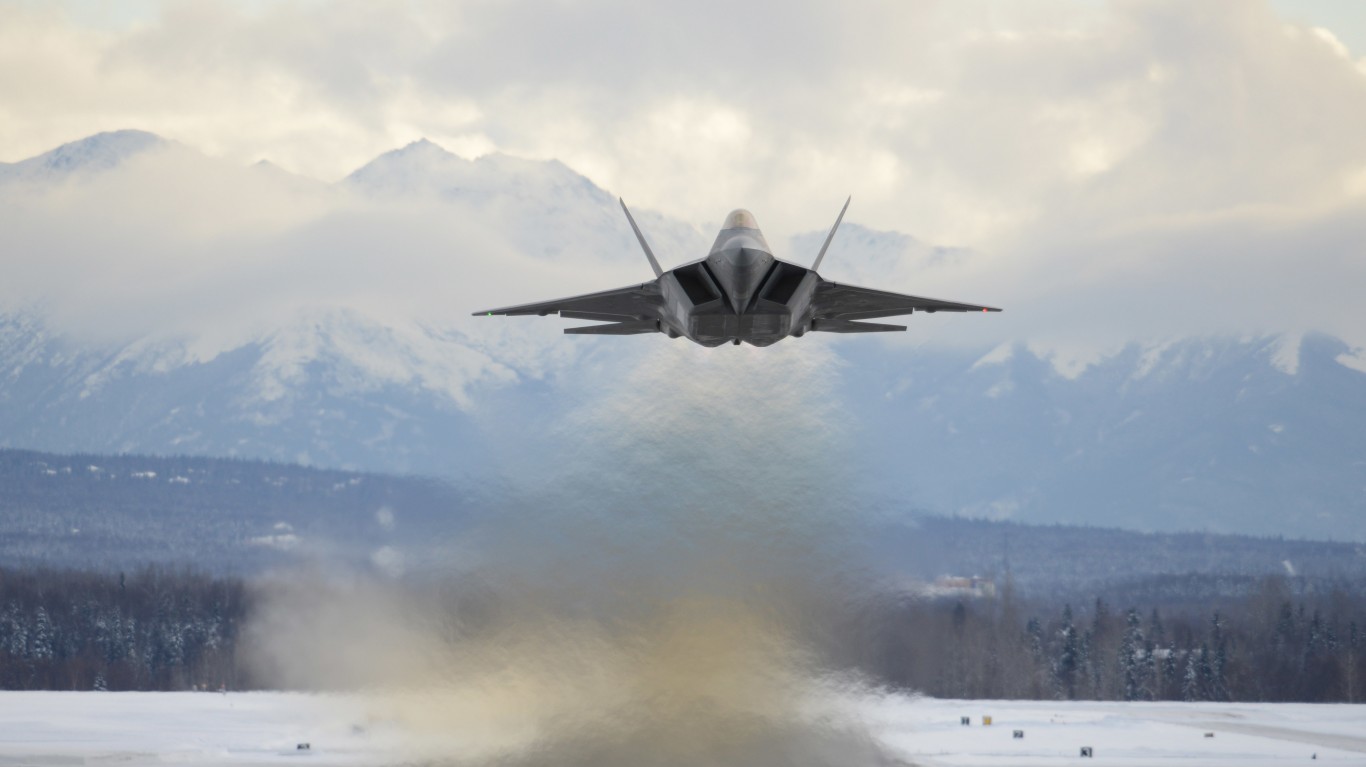 24/7 Wall St.
24/7 Wall St.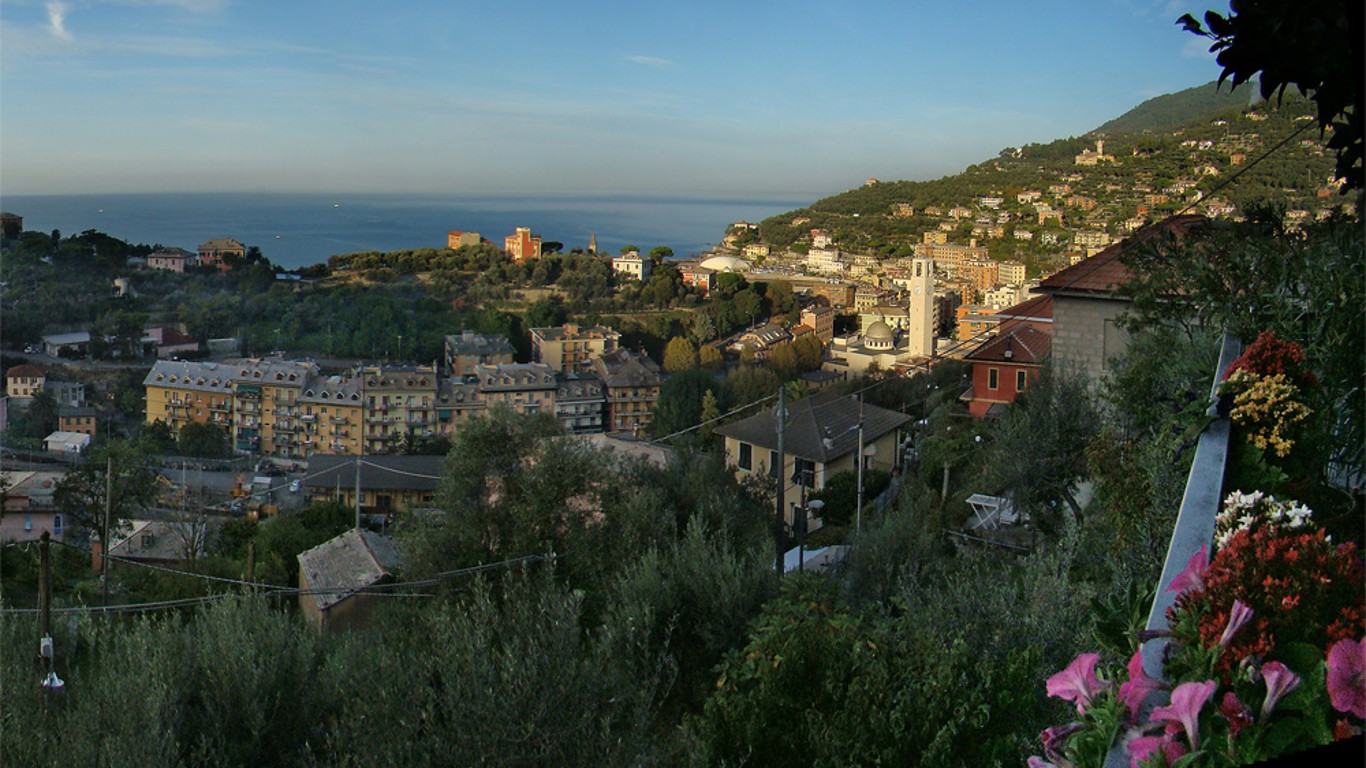
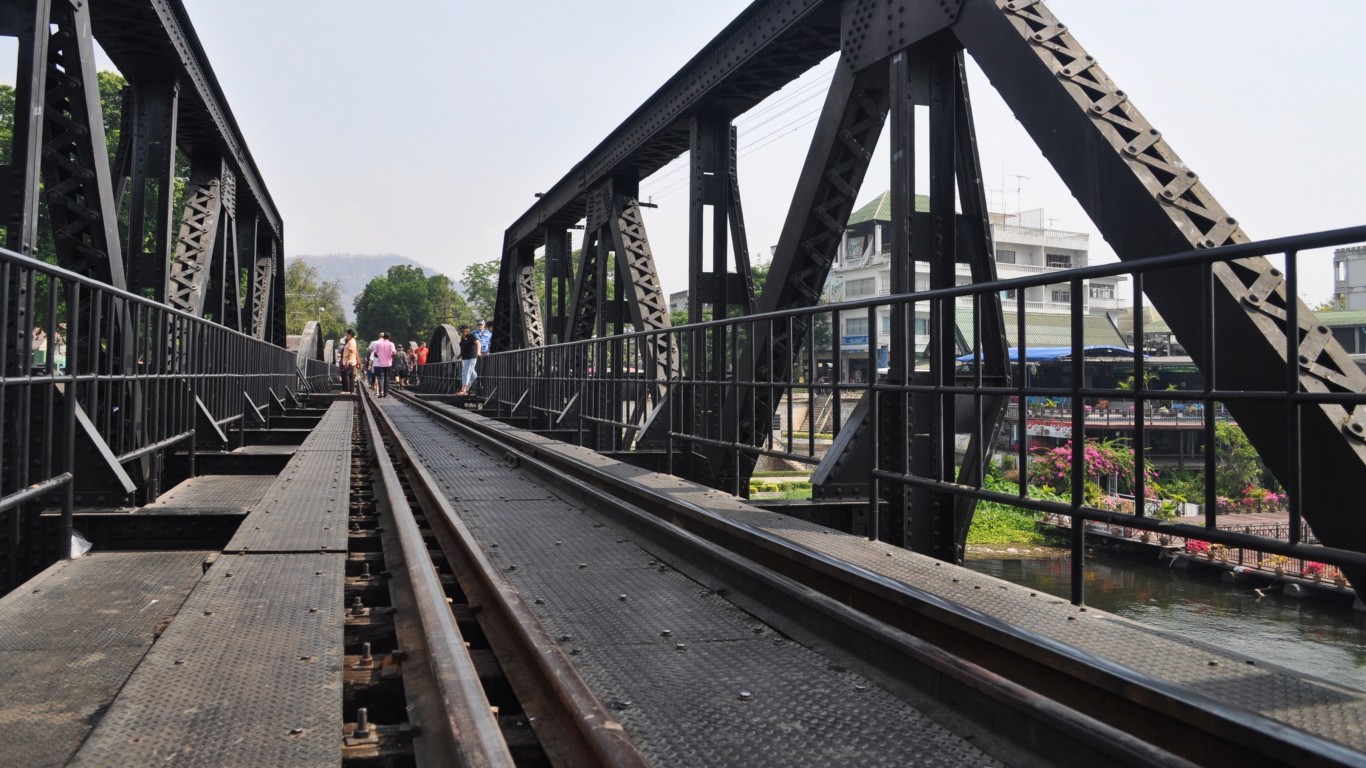
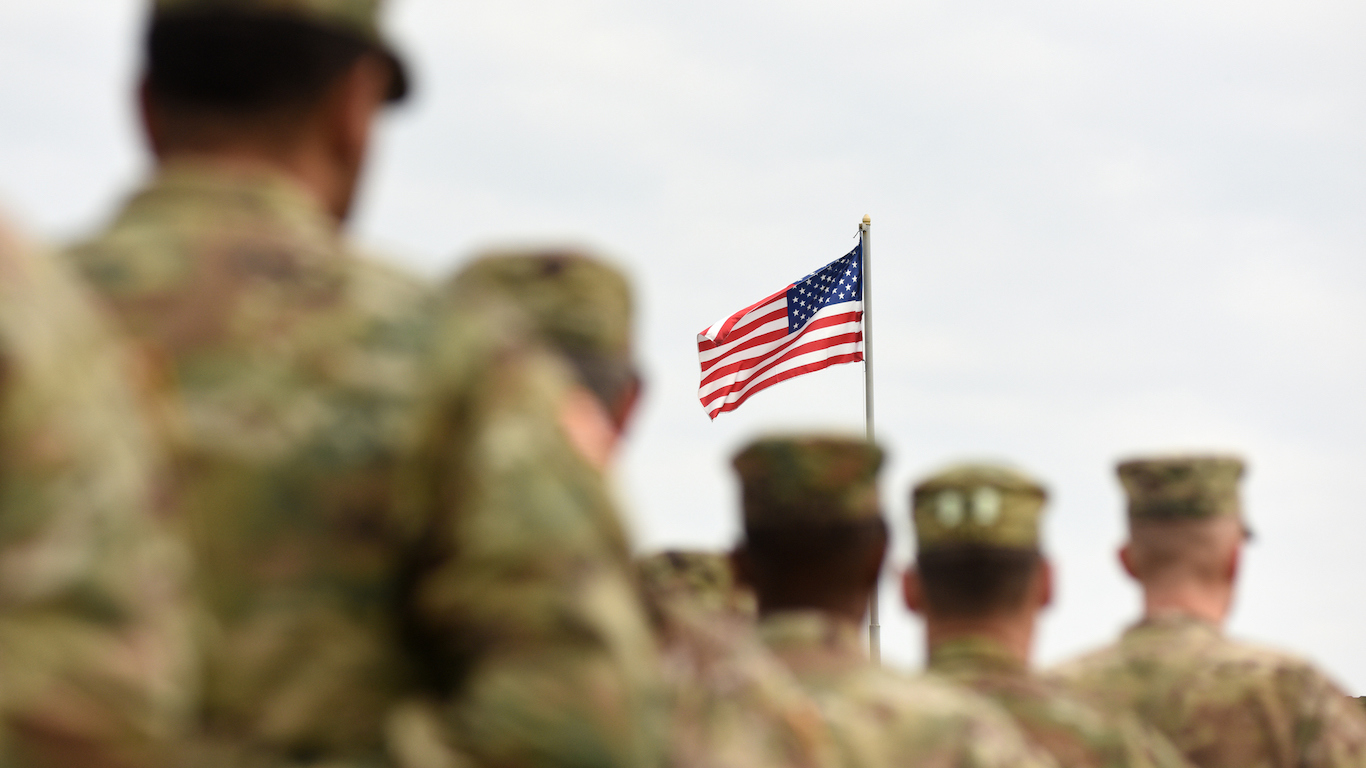 24/7 Wall St.
24/7 Wall St.